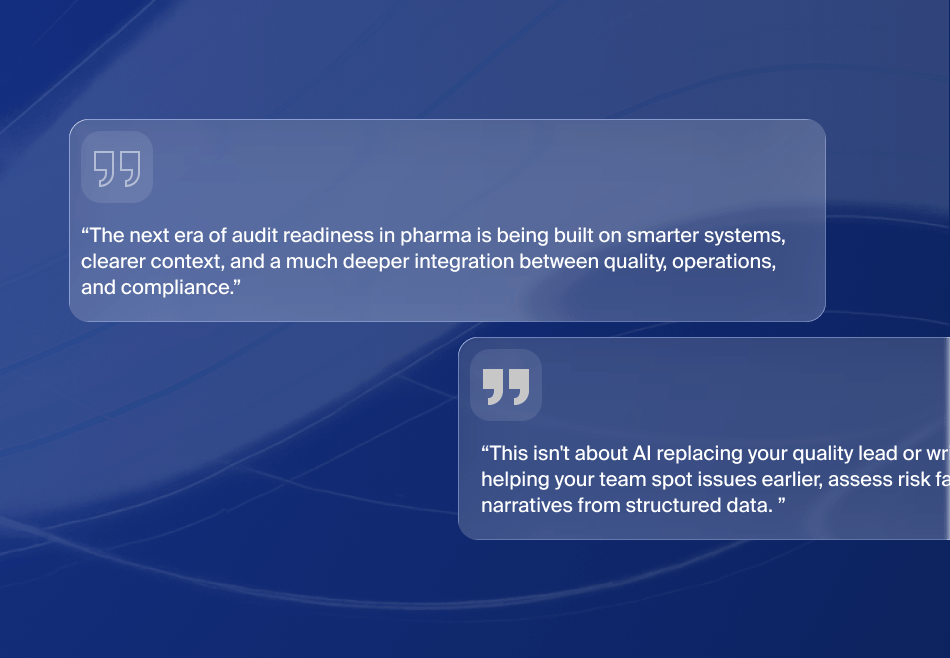At a Glance
- Microsoft Dynamics has a range of products that are designed from the ground up for different functionalities.
- As an enterprise, picking the right product (for eg. Data migration from NAV to Business Central and choosing between Business Central vs Finance and Operations) requires intricate knowledge about the in’s and out’s of these platforms.
- The Microsoft Dynamics family of products offers a wide array of business applications that can provide you with the maximum efficiency and ROI for your enterprise.
Microsoft Dynamics is known for upgrading or in some cases even overhauling its range of products to:
- Make them compatible with the changing technologies (rewriting on-premise enterprise products for the cloud)
- Enhance business applications
- Streamline operations management, resource planning, and/ or financial management functionalities
As an existing Microsoft Dynamics suite customer or an enterprise looking to invest in a modern product, it can be an overwhelming decision to understand the differences between Microsoft’s vast range of products. Whether it’s understanding the minute differences between Microsoft Dynamics 365 Business Central and Finance and Operations, or determining the additional features that these products offer, making an informed decision is critical.
This article discusses the major differences between Dynamics 365 Business Central and Finance and Operations.
Microsoft Dynamics 365 Business Central vs Dynamics 365 Finance and Operations: Picking the Right Enterprise Resource Planning System
First, it’s essential to understand that Dynamics 365 encompasses both Business Central and Dynamics 365 Finance and Operations. Business Central is essentially a cloud-based ERP solution on its way to replace the older Microsoft Dynamics NAV product. The dual functionality of Business Central (on-premise and on the cloud) is what makes it more efficient for operations management and resource planning. The cloud functionality of business central can be leveraged to access data 24*7 anywhere you go. This can be especially useful in recent times where remote work has jumped in scale.
Here’s an In-depth Comparison Chart to Understand the Difference Between Dynamics Business Central and Dynamics 365 Finance and Operations
| Dynamics 365 Business Central | Dynamics 365 Finance and Operations | |
|---|---|---|
| User-base | Previous Dynamics NAV Users | Financial Compliance Teams, Vendor Management, Inter Company Stock Transfers etc |
| Analytics Maturity | Dashboards, Reporting, Ad-hoc Analytics | Advanced and More Intricate Analytics, Richer Reporting Options, Machine Learning-enabled Features, Advanced Business Intelligence Tools |
| Options for Customizations | Developers can access open codebase for customizations | Multiple plug-in options, Many Modules Available on AppSource |
| Implementation Cost | Generally, 30% of Cost of Implementation of Dynamics 365 Finance and Operations | All infrastructure costs are included |
| Licensing | Subscription-based Model | Monthly Subscription-based Model |
Dynamics Business Central vs Dynamics for Finance and Operations are often compared for their scale. While Business Central is usually targeted towards smaller-scale operations (companies that want to move on from basic accounting models to intricate business analytics functionality), Microsoft Dynamics 365 offers two ERP products: Business Central and Dynamics 365 for Finance and Operations.
It’s widely considered that In time, Business Central will take center stage, possibly phasing out Dynamics NAV completely. Here are some of the more compelling reasons for this hypothesis.
Dynamics Business Central Key Benefits and Distinguishing Features:
- Easily accessible on-cloud and/or hybrid models available
- Better safety with its cloud-based and web-based applications
- With Business Central, companies can get maximum use and ROI from other applications such as SharePoint, MS Excel, Outlook, and MS Word
- Business Central offers a variety of new functionalities
- The flexible upgrade and licensing model allows companies to be digitally agile in the implementation of software
- Data migration from Nav to Business Central is a fully-supported, streamlined process
- Overall implementation of Business Central is much faster, thanks to customization options, add-ons development and combination option with other Office 365 products.
In conclusion, companies that are looking for nimble, cloud-based software options for their enterprise’s accounting requirement can opt for Dynamic Business Central. On the other hand, companies looking for intercompany stock dealings, transportation management, and financial compliance solutions should opt for Dynamics 365 Finance and Operations. Depending on the requirement of companies, their IT infrastructure maturity and growth strategies, an informed choice has to be made.
Key Takeaways:
- Dynamics 365 is an umbrella encompassing Business Central and Finance and Operations ERP solutions.
- Business Central offers intricate analytical functionalities with the option of going cloud-based or local (on-premises) or hybrid.
- Dynamics 365 Finance and Operations has a more niche user-base.
- Companies can get support from experts and consultants to make the right call and for faster, smoother implementations.
Trouble choosing between Dynamics 365 Business Central and F&O? Get help from experts today!
References: Dynamics 365 Business Central vs Finance Supply Chain Management : How to choose








